The Islamic mausoleums of Vanotsa-Tsakhkaberd
Location
The two Islamic mausoleums (Fig. 1) are located in Artsakh's Qashatagh region, not far from Tsakhaberd village. During the Soviet period, they were part of the Jijimli administrative border of Soviet Azerbaijan's Lachin region. According to Samvel Karapetyan, a medieval architecture expert, the name Jijimli refers to two villages, and the mausoleums are located in upper or great Jijimli.
The village of upper or great Jijimli, according to monument expert Samvel Karapetyan, corresponds to the historical settlement of Vanotsa, mentioned by historian Stepanos Orbelyan, which was emptied of Armenians in the second half of the 18th century (Karapetyan 1999, 184-185).

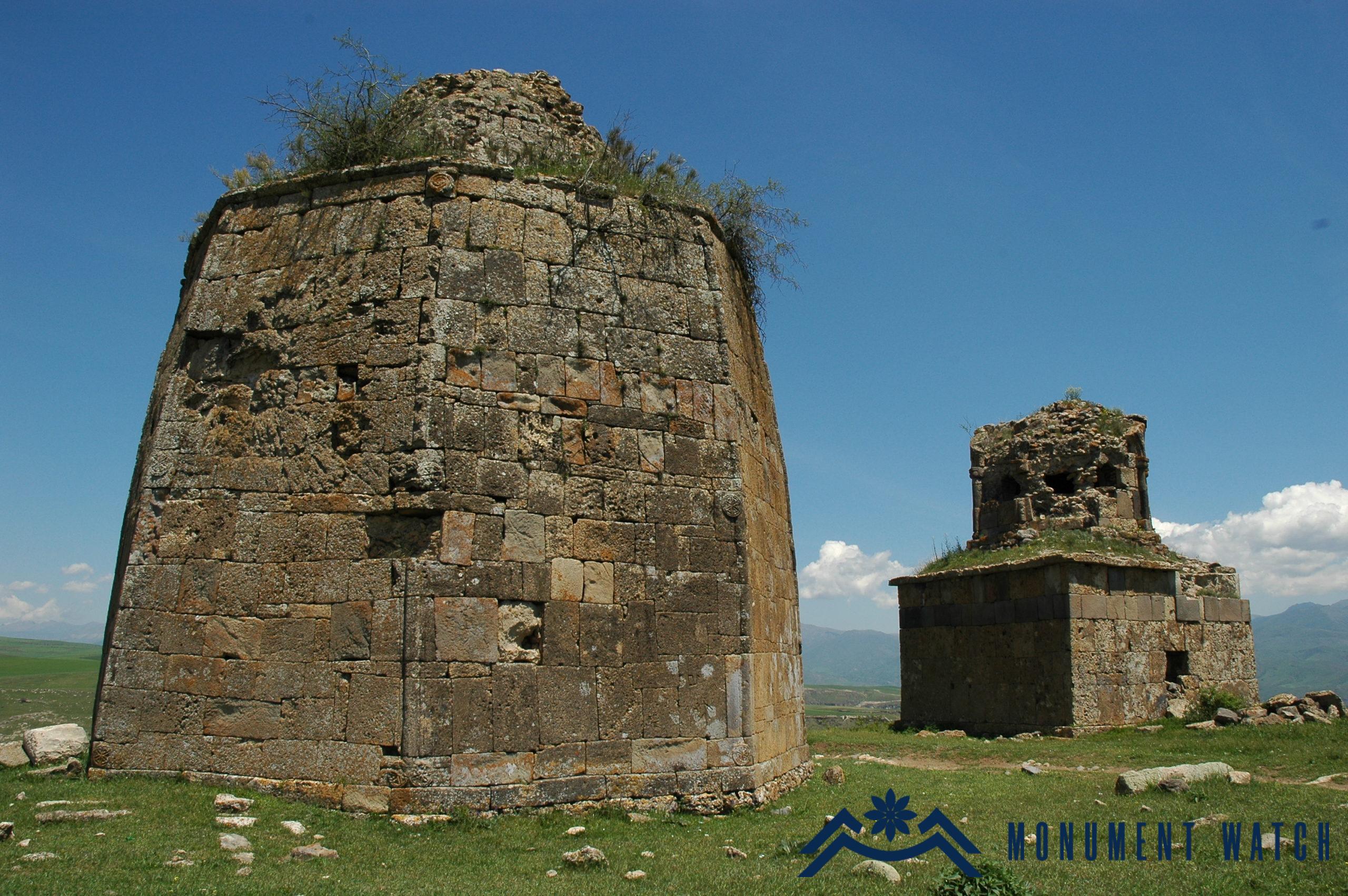
Fig. 1 The General View of the Mausoleums; photo by H. Petrosyan.
Historical overview
There is no historical information regarding the mausoleums. Even their historical dating is approximate and differs amongst authors' works. The octagonal, tomb-shaped mausoleum is considered to have been built in the 14th–16th centuries, while the church-like mausoleum is likely to have been built in the 13th–14th centuries.
Architectural-compositional examination
Numerous researchers drew attention to the mausoleums because of their architectural style and appearance. The first mausoleum is octagonal in shape (Fig. 2) and size (Fig. 3). The sides of the external facade are somewhat circular in shape and reflect the size of the triangular prism (Fig.4). The structure is completed by a cone-shaped dome. It's constructed of rough-polished stones. The only entry is on the north side, and the lintel depicts a stylized lion. There are also pictures on both sides of the entrance. On the upper half of the entrance, a stylized bull's head is depicted. A stylized Arabic inscription appears at the bottom of one of the paintings. According to Hakob Simonyan's article on tombs, it was written "Yusuf" (Simonyan 2001, 95).
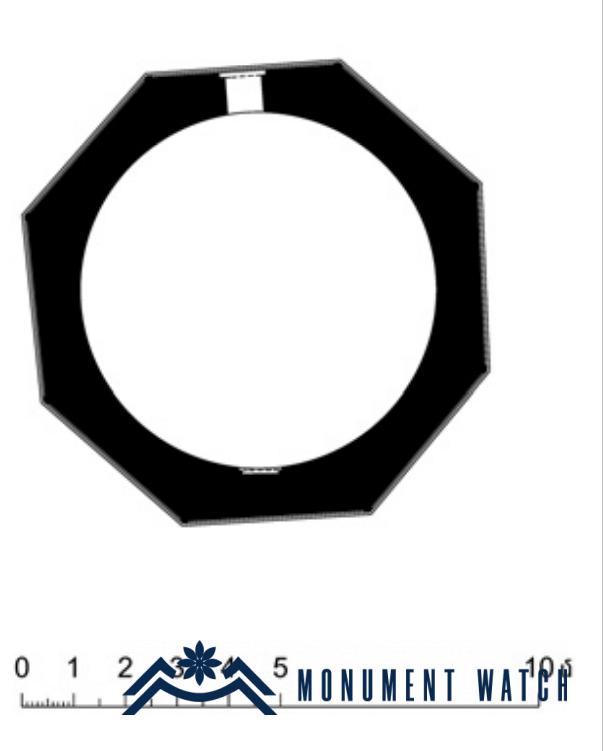
Fig. 2 The architectural plan of the first mausoleum, S. Karapetyan, The Muslim monuments of the Armenian architecture of Artsakh, Yerevan, 2010, p. 15.
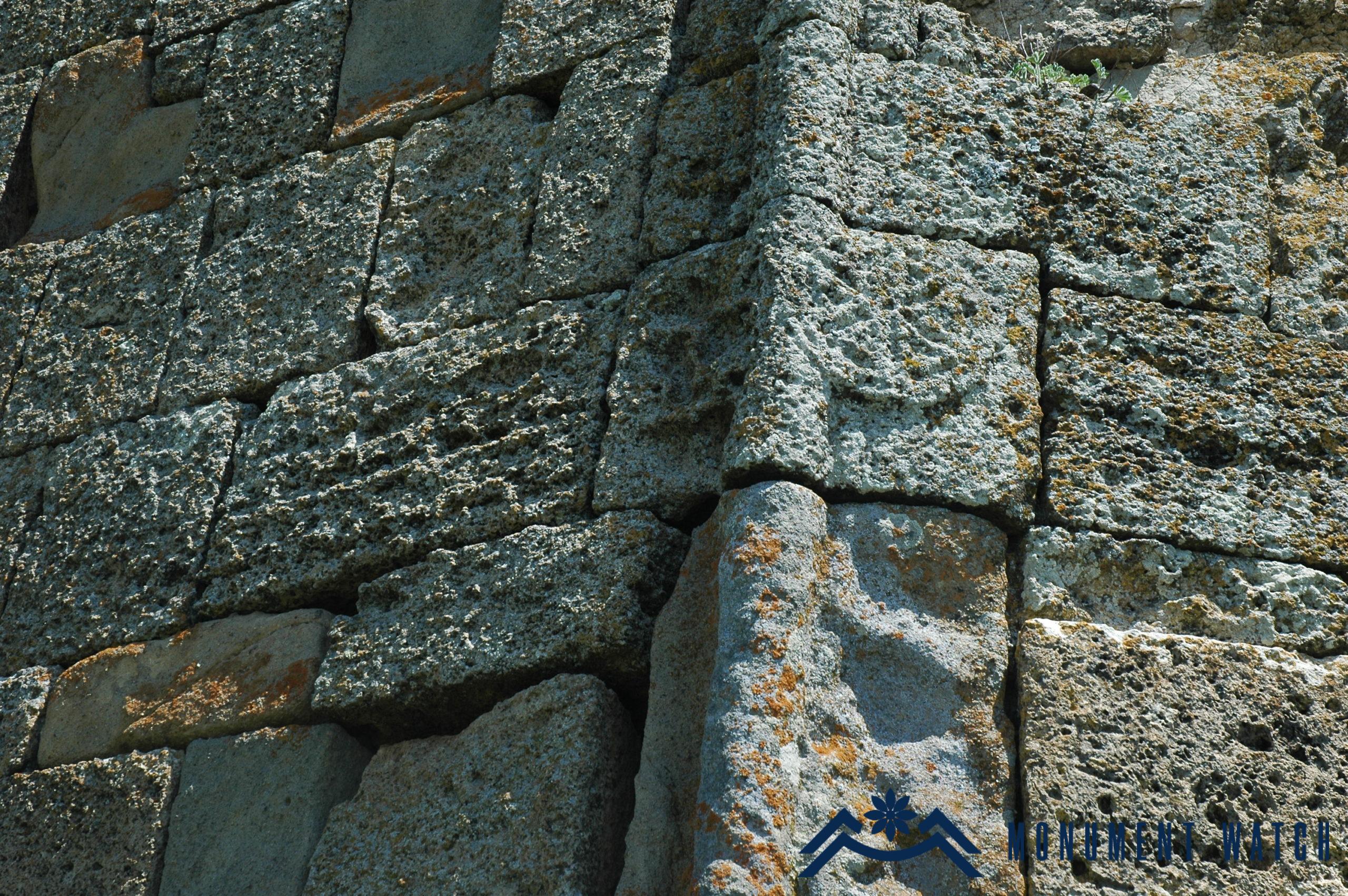
Fig. 4 The external volumes of the first mausoleum; photo by H. Petrosyan.
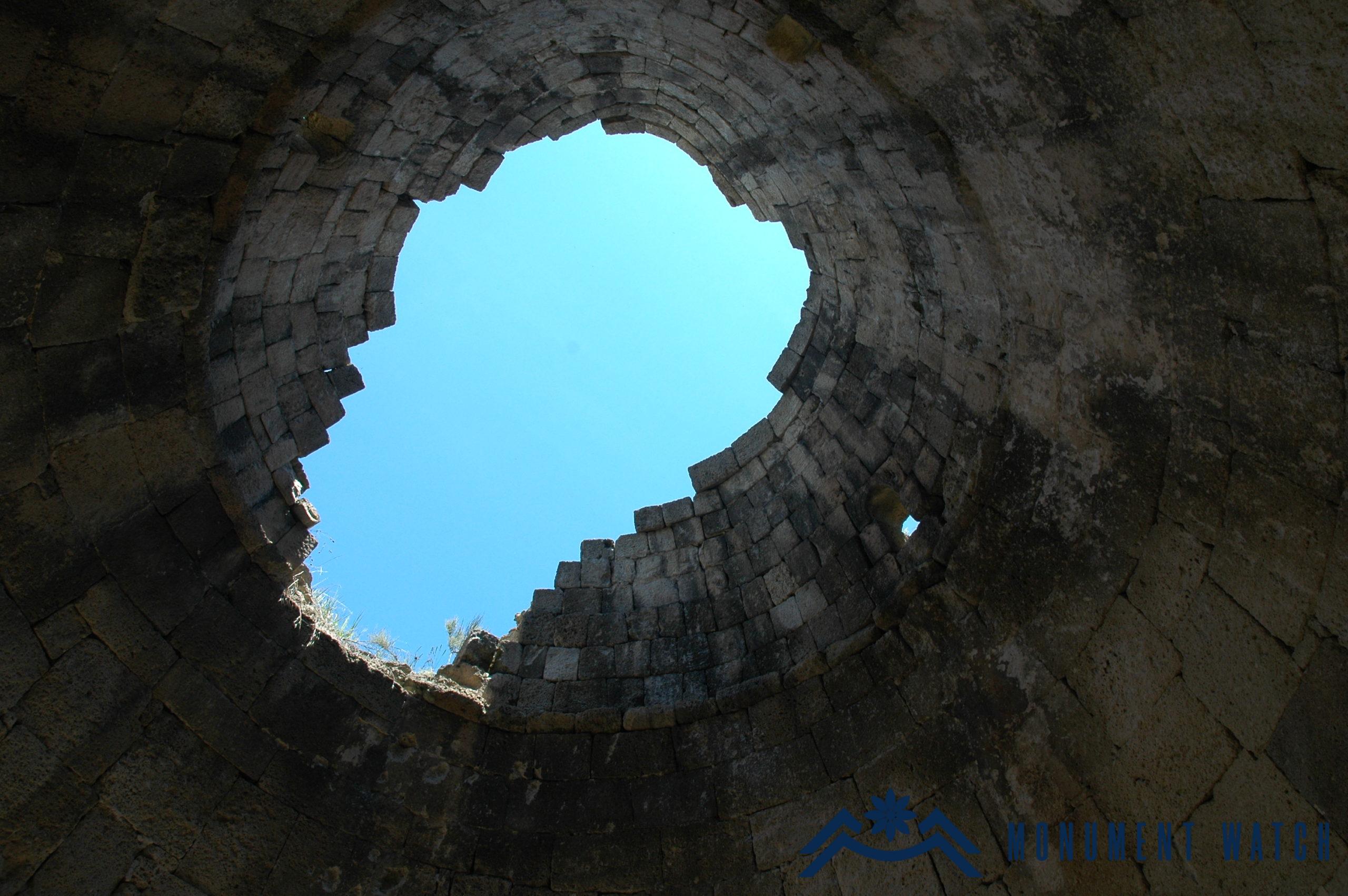
Fig. 6 The inner part of the first mausoleum's dome; photo by H. Petrosyan.
The second tomb is cross-shaped (Fig. 8), quadrangular on the outside, and has a circular drum (Fig. 9). The drum is notable for its arches on a pair of attached columns (Fig. 10). Pendentives lead from the tomb to the dome (Fig. 11). The entrance is to the north. The mihrab in the south is quite modest. All of the academics and historians who referred to the second mausoleum noticed a clear connection with Armenian-Georgian architecture or, more neutrally, with the Christian architecture of the South Caucasus. Furthermore, the second mausoleum was frequently compared to the two-story church-tombs that were widespread in Armenia and Georgia in the 13th–14th centuries. They were compared to the churches of St. Astvatsatsin in Yeghvard and Noravank, and others. The experts presented the mausoleum's appearance as a unique fusion of Muslim and Christian architectural styles, highlighting the issue of Seljuk art (Bretanitsky 1966, 130, Mammadov 1976, 41-44, Useinov, Bretanitsky, Salamzadeh 1963, 97-101, 168-170). It is worth noting that no researcher has ruled out a direct their connection with small Armenian churches and chapels. There was also a suggestion that the second mausoleum, in particular, may have been constructed by Armenian masters. (Shcheblykin 1943, 85-87).
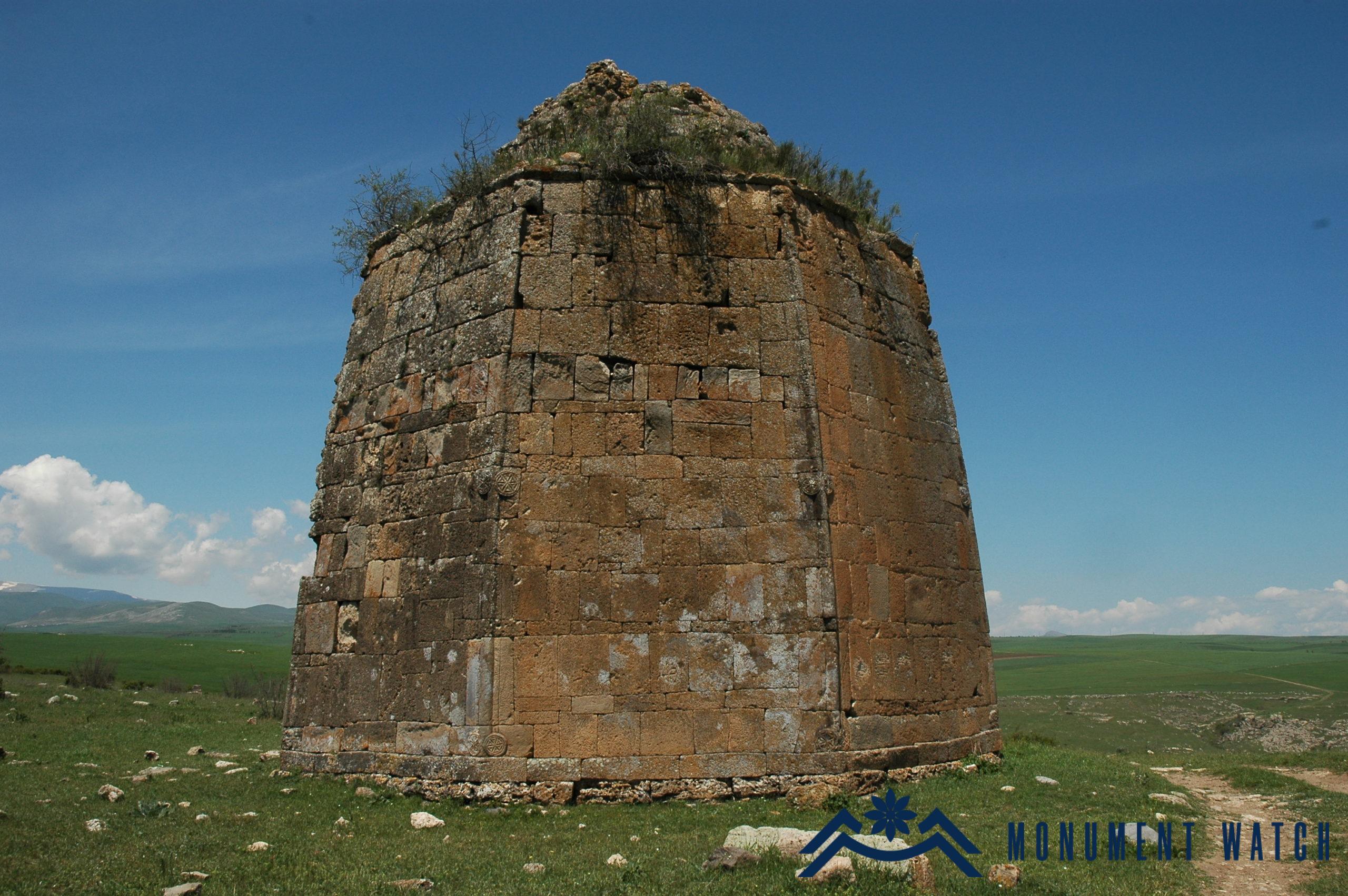
Fig. 3 The general view of the first mausoleum; photo by H. Petrosyan.
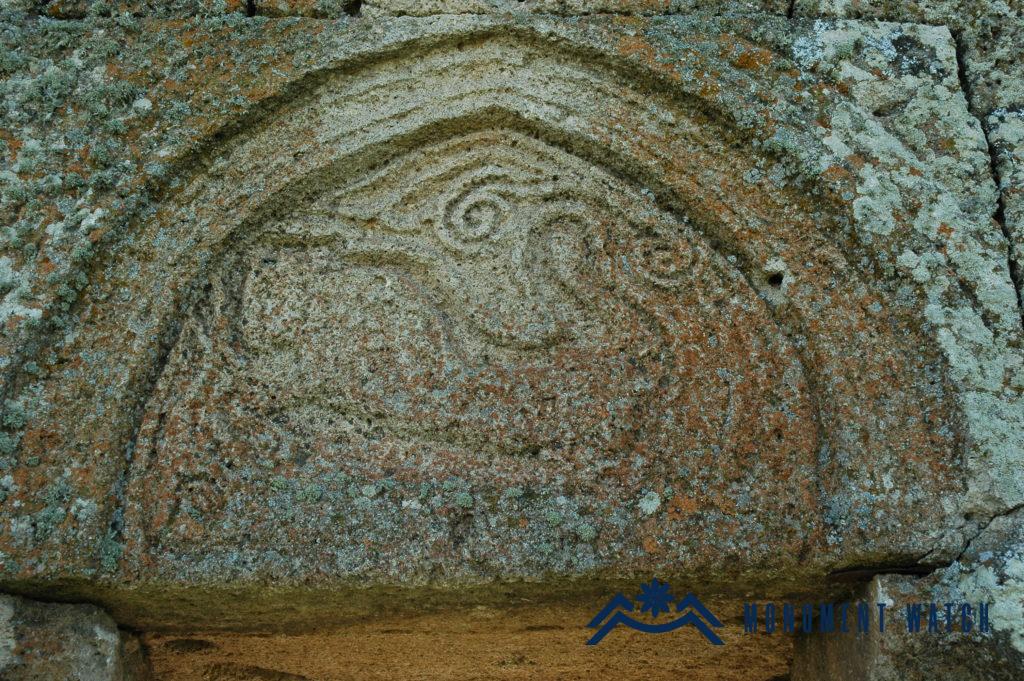
Fig. 5 The entry of the first mausoleum; photo by H. Petrosyan.
Architect A. Salamzade characterizes it as an octagonal mausoleum with no evident tower-shaped construction. This type of tomb is distinguished by its tent-like appearance, which originates from the urge to embody the traditional moveable dwellings of nomadic tribes with stone (Bretanitsky 1966, 128–130). The tomb's lower octagonal part is substantially larger than the narrowing upper octagonal section, which narrows and serves as the basis for a small ridged dome (Fig. 6).
The mausoleum is lighted by small, narrowing windows towards the top. Drawing attention to this, as well as a number of other features of the tomb, Mammadov found a clear connection with the nomadic tent and its structural components (Mamedov 1976, 40-42). The same explanation may be found in mausoleum’s sculptures, where representations of the sun, bulls, and other animals are identified as symbols of nomadic culture. According to the same researcher (Mamedov 1976, 39-40), the first tomb's mihrab (Fig. 7) has a striking resemblance to the chancel parts of some Christian constructions in the Caucasus.
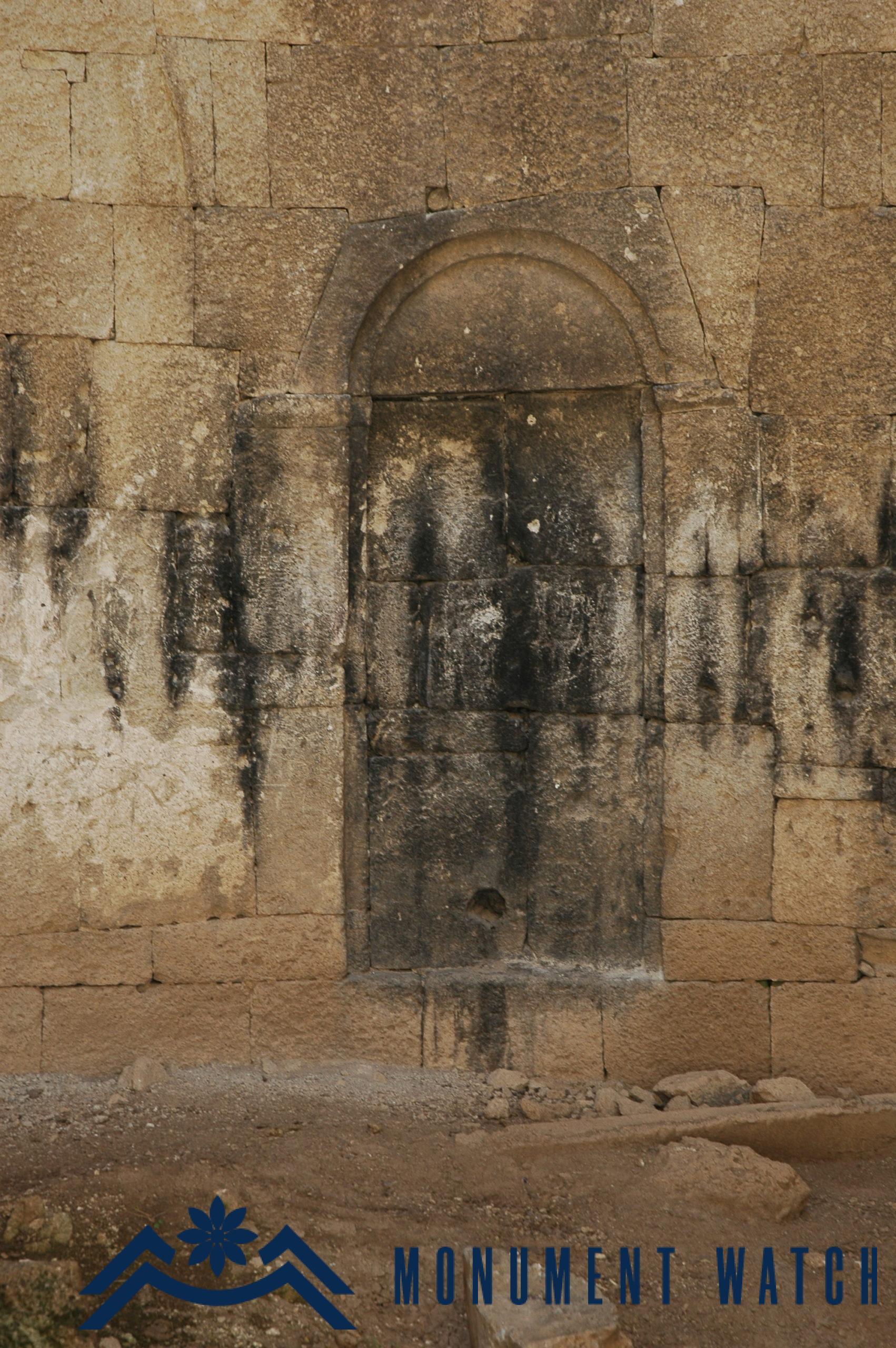
Fig. 7 The first mausoleum's mihrab; photo by H. Petrosyan.
Researchers studying the architecture of Muslim mausoleums frequently mention the absence of burials in such mausoleums. This issue also exists in both Vanotsa mausoleums, where burials associated with tomb construction are not documented (Bretanitsky 1966, 98, Mammadov 1976, 40, 45-46).
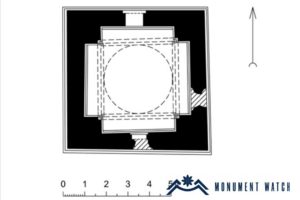
Fig. 8 The architectural plan of the second mausoleum, S. Karapetyan, The Muslim Monuments of the Armenian Architecture of Artsakh, Yerevan, 2010, page 13.
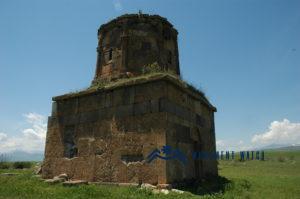
Fig. 9 The general view of the second mausoleum; photo by H. Petrosyan.
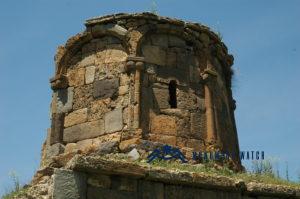
Fig. 10 The tholobate (drum) of the second mausoleum; photo by H. Petrosyan.
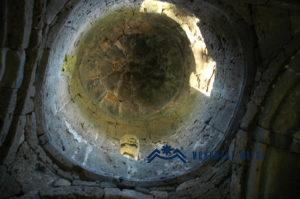
Fig. 11 The inner part of the first mausoleum's dome; photo by H. Petrosyan.
The condition before and after the war
The mausoleums were not harmed during the Artsakh war and are in good condition.
Bibliography
- Karapetyan 1999 - Karapetyan, S., Monuments of Armenian culture in the regions occupied by Soviet Azerbaijan, Yerevan.
- Karapetyan 2010 - Karapetyan S., the Muslim Monuments of Armenian Architecture in Artsakh, Yerevan.
- Bretanitsky 1966 - Bretanitsky, L., The Architecture of Azerbaijan, XII-XV centuries: its place in the architecture of the Near East, Moscow.
- Mammedov 1976 - Mammedov, F., Memorial complex in the village of JiJimli (On the issue of ethno-cultural ties), Soviet ethnography.
- Simonyan 2001 - Simonyan A., Two newly found mausoleums of the Turkmen sultans of Kara-Koyunlu in Armenia, Miras.
- Shcheblykin 1943 - Shcheblykin I., Monuments of Azerbaijani architecture of the era of Nizami, Baku.
- Useynov, L. Bretanitsky, and A. Salamzadeh, Azerbaijan's Architectural History, Moscow, 1963.
The Muslim mausoleums of Vanotsa-Tsakhkaberd
Artsakh